It goes without saying that there is a surplus of cats in today’s society. Each year, innocent kitties are put down because there are simply not enough homes for them all. And when it comes to feral and stray cats, even more issues arise. Often times these felines are not only unvaccinated, but also not spayed or neutered. But now, there is a new study that confirms high intensity TNR really can help these needy cats!
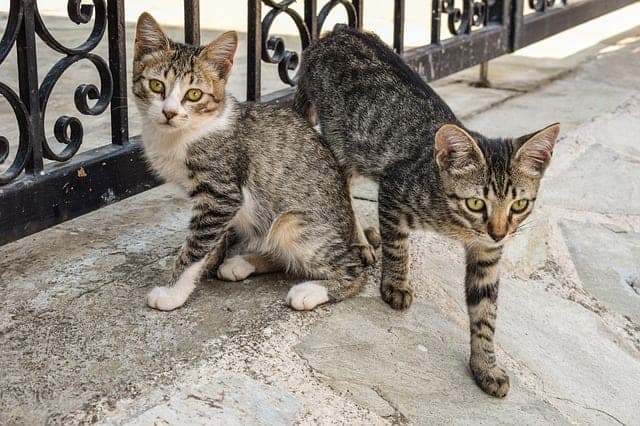
Thankfully, TNR (Trap-Neuter-Return) programs were formed to help combat the feral and stray cat population many years ago.
First, they humanely trap these displaced felines. And then they can have them spayed/neutered before returning back to the wild, TNR has proven effective in helping to reduce the homeless cat population. And what’s even better is that recent reports have confirmed that high intensity TNR is actually making a real difference in the lives of these cats by greatly reducing their population.
Not sure exactly what the difference is between stray and feral cats? Check out this video below that explains it…
Bottomline, TNR is necessary and is equally effective in saving lives. By preventing unwanted litters, high intensity TNR works to reduce the number of cats being born. Which in turn reduces the number of cats going into shelters and rescues. And obviously decreases the cat mortality rate in turn.
What is TNR exactly?
Trap-Neuter-Return (TNR), the humane approach to addressing community cat populations, works. It saves cats’ lives and is effective. TNR improves the lives of cats, addresses community concerns, reduces complaints about cats, and stops the breeding cycle. TNR improves the co-existence between outdoor cats and humans in our shared environment. This is why so many cities are adopting it.

How TNR works
In a Trap-Neuter-Return program, community cats are humanely trapped (with box traps), brought to a veterinarian to be spayed or neutered, vaccinated, ear-tipped (the universal sign that a community cat has been neutered and vaccinated), and then returned to their outdoor home.
It’s a proven fact that TNR is the most humane and effective method known for managing feral and stray cats and reducing their numbers.
The classic cat ear tip of a cat which has been sterilized through TNR methods:
A recent published study out of Frontiers Veterinary Humanities and Social Sciences conducted over ten years’ time looked at the TNR results as a whole and tested different levels of TNR methods applied to feral and stray cat colonies.
If you’d like to read the study in its entirety, you can do so here, but basically we will tell you in common cat people non-fancy scientific terms. The high intensity TNR performed in the study boasted absolutely incredible results!

How incredible? Well, according to the study those free-roaming cat populations that were managed by high intensity TNR experienced fewer preventable cat deaths than when no action at all was taken.
This is incredible news, and just goes to show people who dedicate their time to TNR are not doing this in vain, and that every cat sterilized just makes that much of a difference. But we must remember, intensity truly matters when it comes to saving the lives of cats.

“Sadly, many communities still opt to do nothing to control populations of community cats. Or [they] use outdated, ineffective methods such as sporadic trapping and removal. This research confirms that high-intensity TNR is the most effective, humane way to stabilize a population of community cats and, over time, reduce them,” — Margaret Slater, DVM, PhD, Senior Director of Research at the ASPCA and co-author of the study
Want to read on the important differences between stray and feral cats? And how you can do your part to help? Read our article on it here!






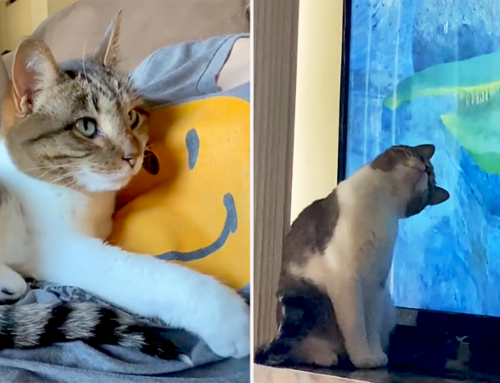
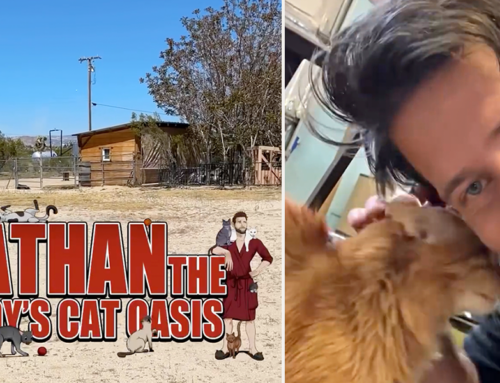



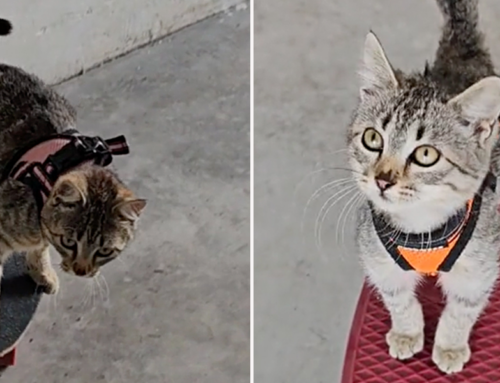
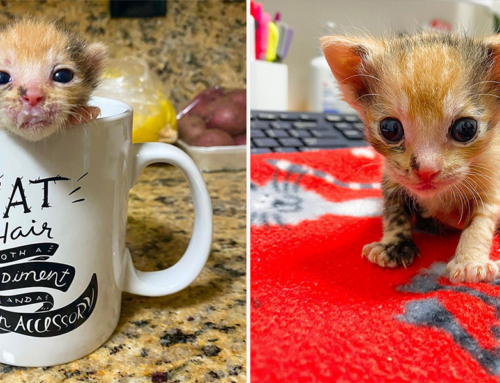

I am a subscriber to a newsletter from the Czech Republic called Radio Prague. There was a recent controversy over the use of a strong poison that was going to be put out in fields to control the vole population.
LOL, knowing what I do of TNR, I wrote in to Radio Prague, saying they should get their Environmental Ministry in touch with rescue groups, and get some TNR cats to those farms and ranches to deal with the pest problem naturally. I said it would be a win-win situation, just like here in the US.
As I wrote that note to Radio Prague, I was thinking of the video Chris made of taking the TNR cats to those stables in California, to become working cats there. LOL, maybe Chris should head to the Czech Republic and address their Environmental Ministry about how this could be win-win-win – a BIG score with animal loving voters/rescuers, farmers being able to deal with pests WITHOUT risking poisoning other animals/the soil/the water/the crops, AND, homeless cats getting a purpose instead of euthanized.
That is a great idea….hopefully, they will look at this as an alternative to what sounds like a cruel and inhumane method of getting rid of the voles.